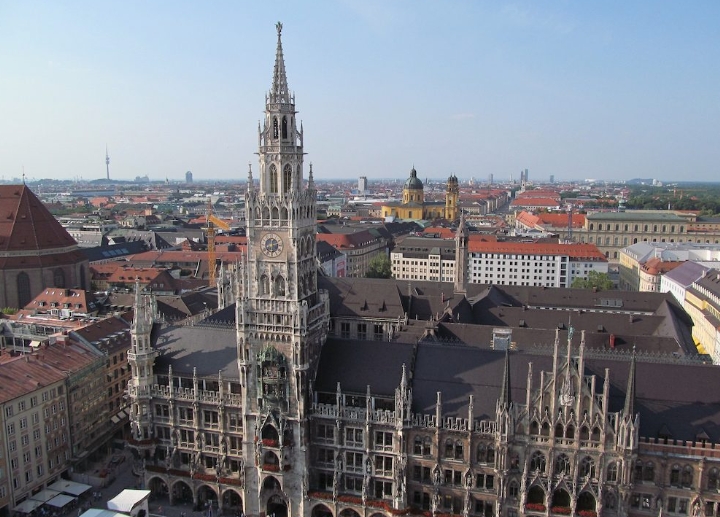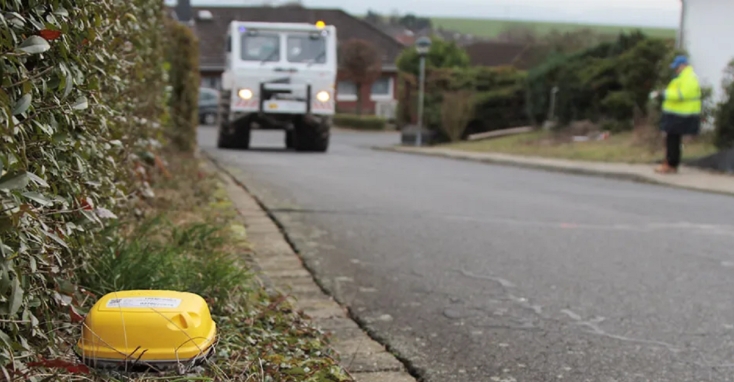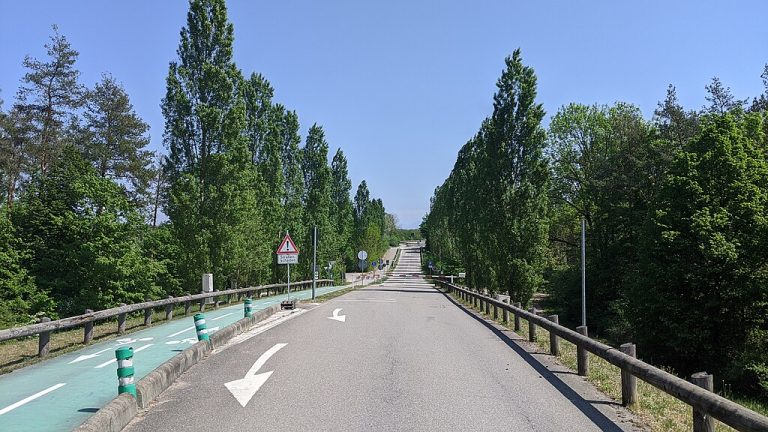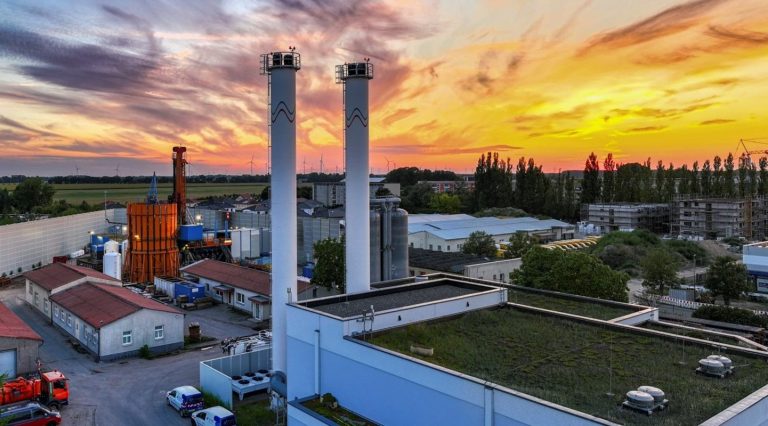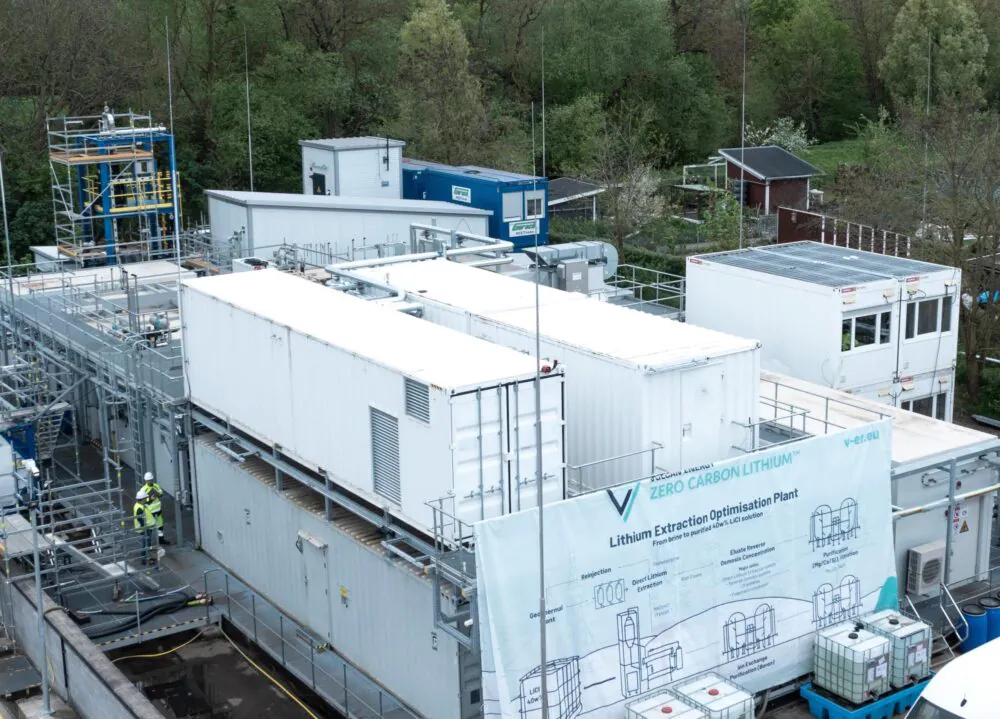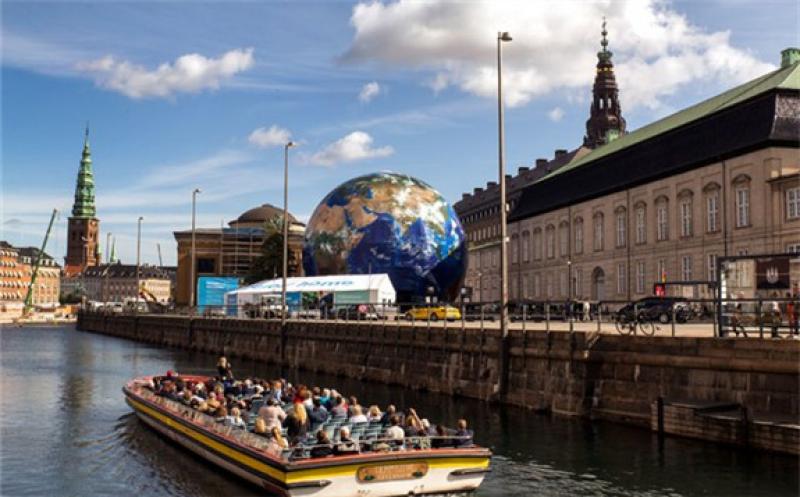
"Everyone needs to get to net zero by 2050, but we won't stay on track if we don't see significant reductions by 2030," says Rachel Cleetus, policy director and lead economist in the Climate and Energy Program at the Union for Concerned Scientists, an independent advocacy nonprofit that represents a network of 25,000 scientists, economists and other experts around the world. The European Union needs to come up with a timetable before the U.N. Climate Change Conference this year in Glasgow, Cleetus says. "It's the key to unlocking other places, like China and India."
One country, however, has committed to making climate neutrality happen — and soon: Denmark's parliament overwhelmingly passed an aggressive new climate law on Dec. 6. The legislation aims to reduce the country's carbon emissions to 70% below its 1990 levels by 2030, with carbon neutrality targeted for 2050.
More importantly, the law has teeth. Every five years, the government must set a legally binding emissions target across sectors of the economy including energy, housing, industry, transportation, agriculture and forestry. Parliament holds the minister for climate and energy accountable and can force that person out of office if insufficient progress is made.
"It's a very significant goal that we haven't seen from any other developed country," Cleetus says. "This isn't just a commitment, it's a promise that's enshrined in law. It's the kind of robustness that we need to see."
Politicians in many developed countries remain hesitant to act due to the complexity of climate change and the potential political and economic fallout of making carbon neutrality commitments. Political analysts and climate change experts say Denmark's unique political system played a role in the country pursuing the policy. Still, the country promises to prove that climate laws and the economy can work hand in hand, setting the path for other countries to pursue tangible policies.
Political Parties Make Climate Change a Priority
The Danish people have been concerned about climate change for years, but the issue didn't become a political priority until parliamentary elections this past June. Polls suggested that 46% of voters ranked climate change as their top concern, compared to 27% in 2017.
"Usually elections are about social, economic, health care, immigration or education issues," says Paul Parker, a professor and associate dean for strategic initiatives at the University of Waterloo in Ontario, Canada.
Flemming Juul Christiansen, a political science professor at Roskilde University in Denmark, credits a left-wing coalition — which chose to focus on climate issues because it was the only issue it could unite behind — for the change in the public's priorities. The coalition's promotion of a climate agenda during the electoral campaigns put climate change in voters' minds at the polls, he says.
In the end, more than 90% of lawmakers in the Folketing, Denmark's parliament, voted for the new law. Even if the measures turn out to be unpopular with the public, politicians "can't just point fingers, because the agreement was so broad," Christiansen says. The Danish government's unique setup also makes the law virtually impossible for future governments to overturn before 2050.
Denmark has a minority government, which means that the ruling Social Democratic party had to rely on support from its three leftist competing political parties in 2019 to take office. Together, these four parties drafted a binding agreement that required the climate law to be passed as a condition for agreeing to the government to take office. A broad group of parties agreed on the climate law — in essence holding all of the country's major political parties accountable for the climate law in perpetuity.
"It's as if it's been embedded in our policies," Christiansen says.
A History of Investment in Clean Energy
Denmark has been on the forefront of the move to carbon neutrality for the past three decades. The country began reorienting its energy policies to replace coal with wind and biofuels following the 1970s oil crisis.
In the 1990s, the then-minister for environment and energy, Svend Auken, was a committed environmentalist who supported Denmark's growing wind turbine industry, says Helene Dyrhauge, a political science professor at Roskilde University, whose research focuses on transportation and sustainability.
Denmark, home to Vestas, the world's largest developer of wind turbines, supplied almost half of its electricity needs from wind power last year, according to the country's grid operator. That is the highest level in Europe, as Denmark has taken advantage of expertise in the field and the new demand for clean energy in other EU countries by exporting its wind technology and excess power. In 2017, wind accounted for 63% of Europe's investments in renewable energy in 2018, up from 52% in 2017.
"Their economy has grown while emissions have declined," Parker says of Denmark.
In 1970, Denmark's carbon dioxide emissions were 12.6 metric tons per capita, according to the World Bank. By 2014, emissions dropped to 5.9 metric tons. By comparison, the U.S. emitted 21.1 metric tons per person in 1970 and has declined to 16.5 metric tons today. Meanwhile, Denmark's projected gross domestic product growth rate is 1.4%, according to the Organization for Economic Cooperation and Development (OECD).
Making the Law a Reality
In order to reach the new law's targets, Denmark needs to focus on reforming the transportation sector, a main source of emissions in Denmark, says Dyrhauge. The government will need to create financial incentives for people to switch to cheaper electrical vehicles and phase out fossil fuel vehicles. It will also need to further invest in renewable energies, energy infrastructure, and research into energy storage to stockpile its surplus wind energy. "The goal is ambitious, but it is possible," Parker says.
The Danish energy ministry announced in December plans to build an artificial island tying in power from offshore wind farms of up to 10 gigawatts (GW) of capacity, which Christiansen says should be more than enough to supply Denmark's population of 6 million. The excess energy would be sold to neighboring countries. The plan could cost in the neighborhood of 200 billion to 300 billion Danish crowns ($29.5 billion-44.2 billion), much of which will be financed by private investors, including Danish pension funds.
This project will be expensive to build, but it should cover Denmark's need for energy, Christiansen says. That means new taxes – although the law stipulates that climate goals can't compromise the economy or jobs.
"It will be a little painful in the short run and take means away from other public investments," Christiansen says. "But in the long run, it could bring Denmark into the lead and it could be the future."
Parker adds, "By being an early adopter, Denmark knows that it gives them a financial advantage."
An Example for Other Developed Countries
The United States, meanwhile, is producing record amounts of oil and gas, says Cleetus. It's formally begun pulling out of the Paris Climate agreement and is dragging its heels on attending the 2020 Glasgow Climate Summit.
But the U.S. has the resources and capacity to make change, given the political will, she adds. "We are a clean energy leader," says the Union of Concerned Scientists' Cleetus of the U.S. "We could be part of this expanding global market, but we need policies to accelerate the momentum." Most climate policies have been on the state level, and federal funding for clean energy was just cut. "We need policies and investments or it won't happen fast enough," Cleetus says.
Denmark could set an example for how to build a successful carbon-neutral economy. "It's a false narrative that you have to choose between a good economy and climate," Cleetus says. "Denmark is fairly small, but they show it can be done without compromising on quality of life. It's a thriving economy with a good standard of living and low carbon emissions."
The stakes are high, experts warn. "There's already a significant impact all over the world, from wildfires to tropical storms to rising seas to record ice loss in the arctic. People are losing their lives," Cleetus says. "That's what in store for us as the temperature continues to go up. We need to act with urgency."
